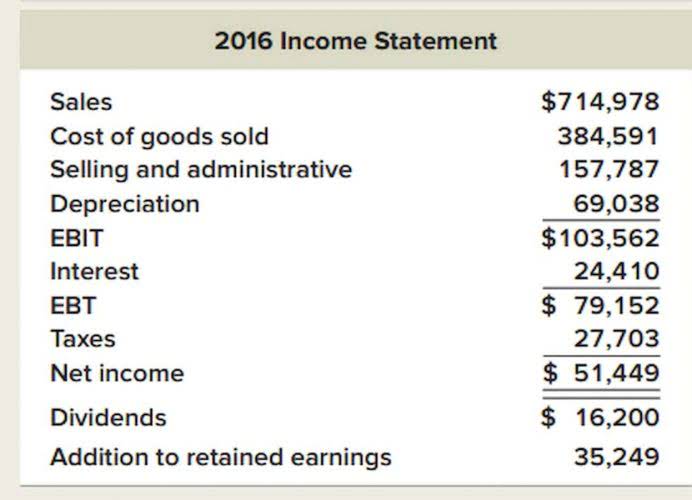
Joint venture accounting is crucial to accurately reflect each participant’s share of costs, revenues, and other financial aspects. Most major E&P companies implement the Successful Efforts (SE) method due to the transparency it provides. In SE, costs are capitalized based on whether the well is successful or not (i.e., hydrocarbons are produced). Other costs, such as geological and geophysical costs, are mostly expensed as incurred.
Future COPAS Meetings
This section summarizes recently enacted federal legislation affecting the financial reporting of income taxes and new and proposed FASB guidance on accounting for income taxes. On May 28, 2014, the FASB and IASB issued their final standard on revenue from contracts with customers. The standard outlines a single comprehensive model for entities to use in accounting for revenue. This section dives into the changes in the key accounting issues due to the new revenue recognition standard.
Successful Efforts vs. Full Cost

The most important point about Oil & Gas LBO models, ironically, is that oil & gas leveraged buyouts rarely happen. LBO models are even more similar to what you see for normal companies, and just like with merger models you need to include a sensitivity analysis on commodity prices somewhere in your model. But those make more sense for 100% stock-based deals (you wouldn’t see the impact of foregone interest on cash or interest expense on new debt for these non-financial metrics).

Exploration and Development Costs

These assets and liabilities are typically recorded on the balance sheet of the operator, who manages the day-to-day operations of the joint venture. The operator is responsible for maintaining detailed records of all transactions and providing regular financial reports to the non-operating partners. These reports enable the non-operating partners to account for their share of the joint venture’s activities in their oil and gas accounting methods financial statements. Another critical aspect of joint venture accounting is the allocation of costs and revenues among the partners. This allocation is usually governed by the joint operating agreement (JOA), which outlines each partner’s share of costs and production. The JOA specifies how costs are to be divided, whether based on ownership percentages, capital contributions, or other agreed-upon metrics.
- These reports enable the non-operating partners to account for their share of the joint venture’s activities in their financial statements.
- Under the SE method, the costs for an unsuccessful exploratory well is expensed immediately upon the determination that the well will not produce.
- If your company is on the lookout for high-quality oil and gas accountants, talk to EAG Inc..
- The more you can think outside the box to challenge the status quo, the more efficiencies you’ll gain in the long term.
- Before you begin projecting an energy company’s financial statements, you need to know something about the units used.
Oil and gas accounting, financial reporting, and tax update
It provides guidance on the recognition criteria, measurement, and disclosure of revenue in financial statements. If your company is on the lookout for high-quality oil and gas accountants, talk to EAG Inc.. We offer a host of helpful back-office administrative services designed to help you drive your business forward.
- The present value of these future costs is recorded as a liability on the balance sheet, with a corresponding increase in the carrying amount of the related asset.
- A third difference between the two methods is the published guidance provided by governing accounting organizations.
- They may also include transportation costs and depreciation of facilities and support equipment as well as other production costs (Jennings, 2000).
- What if you then shift that oil or gas to a nearby property and use it to power the equipment over there?
- One of the primary differences between the SE and FC accounting methods is the manner by which costs for unsuccessful wells are accounted for.
Seven key aspects of oil and gas accounting include:
You focus on Production and Development expenses here, both of which may be linked to the company’s production in the first place. The good news is that most of the same valuation methodologies you’re used to seeing – public comps, precedent transactions, and even the DCF model – still apply to (most) oil, gas & mining companies. You always capitalize acquisitions and development (actually constructing the field or well), and you always expense production. The good news is that while bank and insurance modeling is almost a different game entirely, oil & gas modeling is more like a variation on a game you’re already familiar with. Oil and gas companies spend a lot of money exploring new untapped reservoirs without any guarantee that they will find anything.
In a way, these arrangements are somewhat similar to how sales taxes are handled in other industries. The way it works is called the unit of production method, where you divide the capitalized cost by the total estimated amount of the reserve – there’s that reserve concept again – and multiply by the number of units produced. So basically, the amount amortized in each period is directly related to the amount produced, so if the production level increases, so does the amortization expense.

Oil And Gas Accounting Resources




